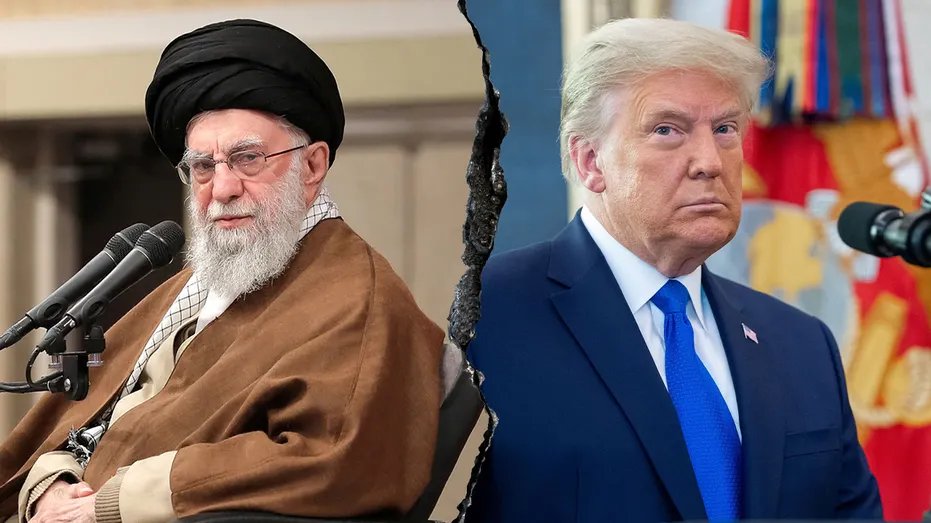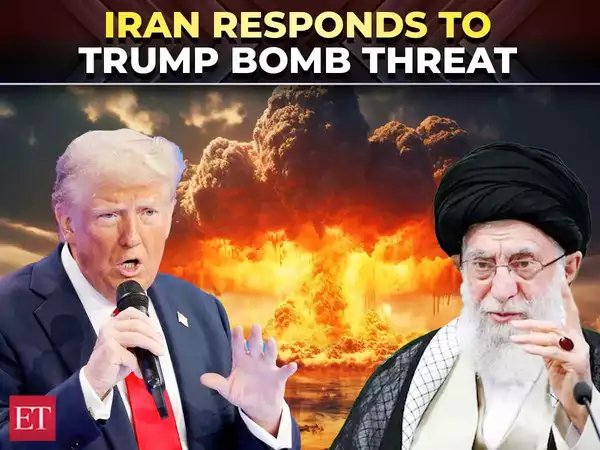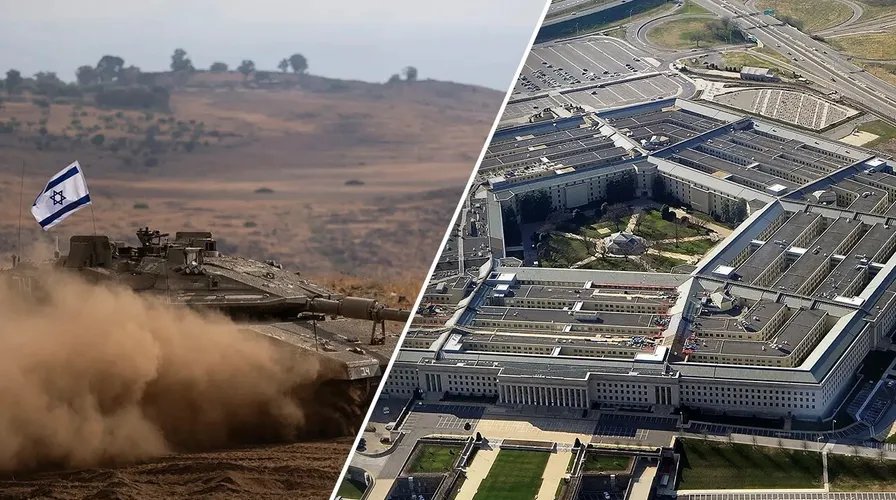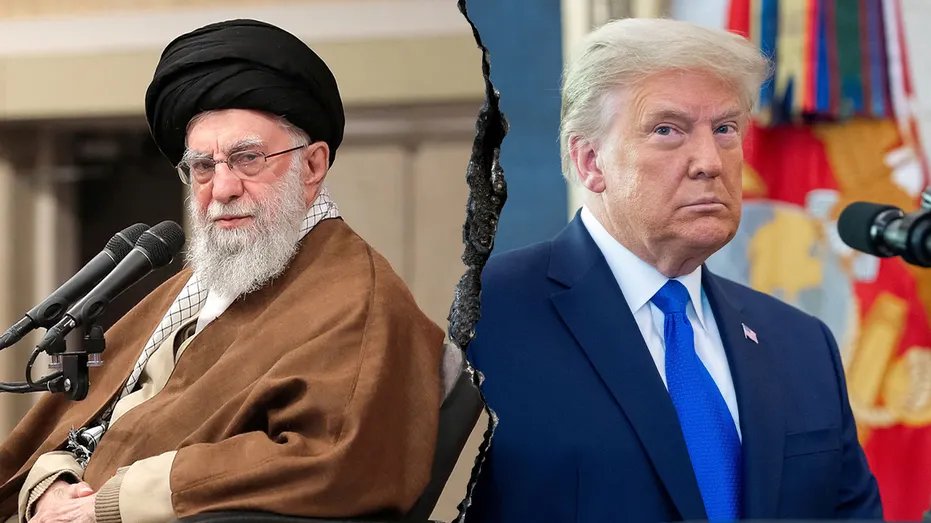Tensions between Iran and the United States have been steadily rising in recent months, and reports suggest that Iran may be considering a preemptive strike on a key U.S. military outpost. This alarming development has raised concerns about the potential for further escalation in the already volatile Middle East region. With the U.S. having a significant military presence in the area, a strike on one of its strategic outposts would have serious implications for global security and could trigger a broader conflict. In this article, we’ll explore the factors leading to this situation and the potential consequences of such an attack.

### The Rising Tensions Between Iran and the U.S.
The relationship between Iran and the U.S. has been fraught with tension for decades, particularly since the U.S. withdrew from the 2015 nuclear deal under the Trump administration. Since then, both countries have been engaged in a series of provocative actions, including economic sanctions, cyber-attacks, and military skirmishes. Iran has repeatedly criticized the U.S. for its military presence in the Middle East, seeing it as a violation of its sovereignty and an interference in regional affairs. These ongoing confrontations have led to an atmosphere of distrust and hostility, setting the stage for a potential military clash.
### Why Iran Might Consider a Preemptive Strike
A preemptive strike, by definition, is a military action taken to prevent an anticipated attack from an adversary. In Iran’s case, some experts speculate that the country may be considering such an attack to counter the perceived threat posed by the U.S. military presence in the region. Iran has long viewed U.S. military bases as a direct threat to its national security, and its recent military activities, including missile tests and naval exercises, suggest that it may be preparing for a potential escalation. By striking first, Iran could seek to weaken the U.S. military’s strategic capabilities in the region and force a recalibration of the balance of power.

### The U.S. Military’s Strategic Outposts in the Middle East
The United States maintains a number of military outposts throughout the Middle East, with key bases located in countries such as Saudi Arabia, Iraq, and Bahrain. These bases serve as critical hubs for U.S. operations, allowing the military to project power, conduct surveillance, and respond quickly to regional threats. Many of these outposts are strategically placed near Iran, making them vulnerable targets in the event of military hostilities. A preemptive strike on one of these bases would significantly disrupt U.S. military operations and could escalate tensions to an all-out conflict between the two nations.
### What Would a Preemptive Strike Mean for Global Security?
The implications of a preemptive strike by Iran on a U.S. military base would extend far beyond the Middle East. The U.S. has a number of allies in the region, including Israel, Saudi Arabia, and the UAE, who would likely be drawn into any conflict. Furthermore, any military action against the U.S. could provoke a response from other global powers, particularly Russia and China, who have their own interests in the region. A preemptive strike could also destabilize global oil markets, as the Middle East is a major hub for oil production and shipping. The ripple effects of such an attack would be felt worldwide, both economically and diplomatically.

### The Potential for Diplomatic Solutions
Despite the growing tensions, there is still hope that diplomatic solutions can be found to prevent a preemptive strike and avert a wider conflict. International organizations such as the United Nations, as well as regional powers like Turkey and Qatar, have called for dialogue and de-escalation between Iran and the U.S. The Biden administration has indicated a willingness to return to the negotiating table regarding Iran’s nuclear program, though this has not yet led to any significant breakthroughs. The path forward will likely depend on the willingness of both sides to compromise and seek a peaceful resolution to their differences.
### What to Expect
As the situation continues to evolve, the global community will be closely monitoring the developments in the U.S.-Iran relationship. While a preemptive strike would have severe consequences, it is also possible that cooler heads will prevail, and diplomatic efforts will de-escalate the crisis. However, with both countries continuing to engage in military posturing and escalating rhetoric, the risk of conflict remains high. The coming weeks and months will be critical in determining whether diplomatic efforts can prevent a military confrontation or if tensions will eventually boil over into full-scale war.v
